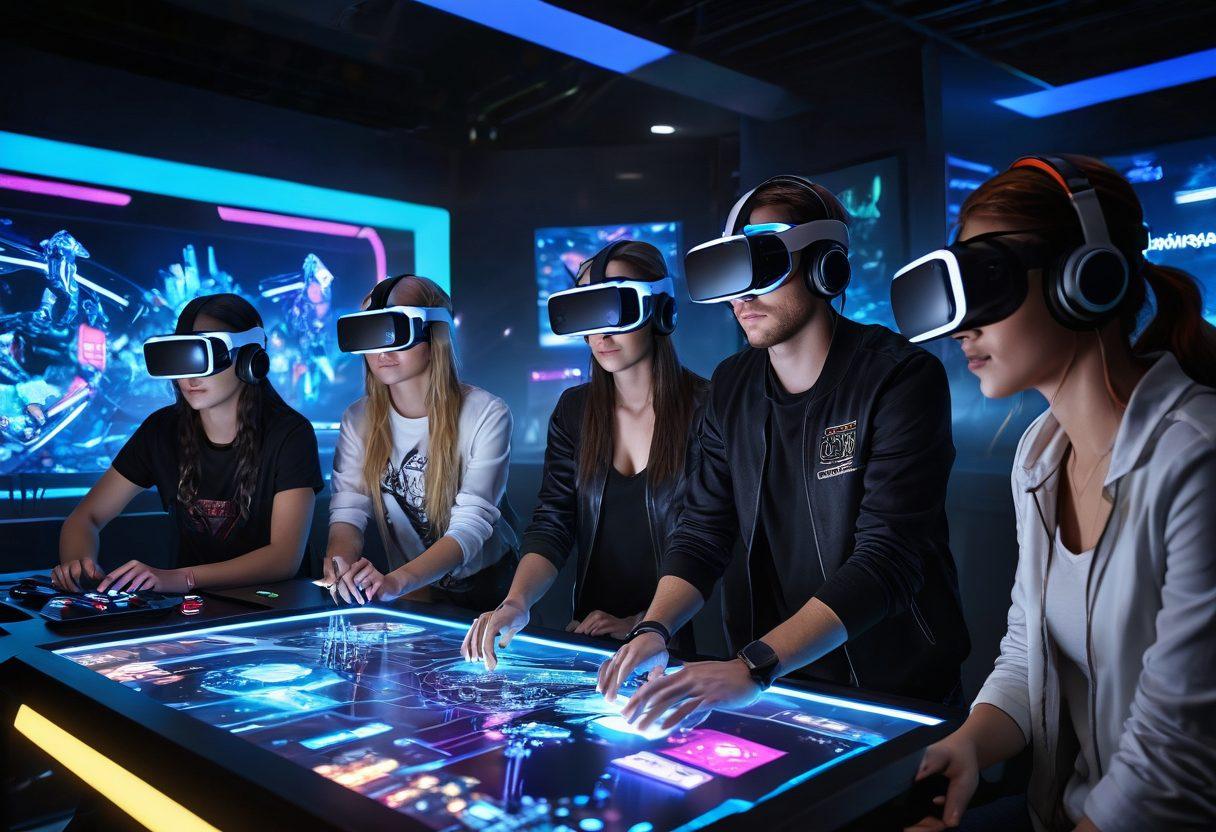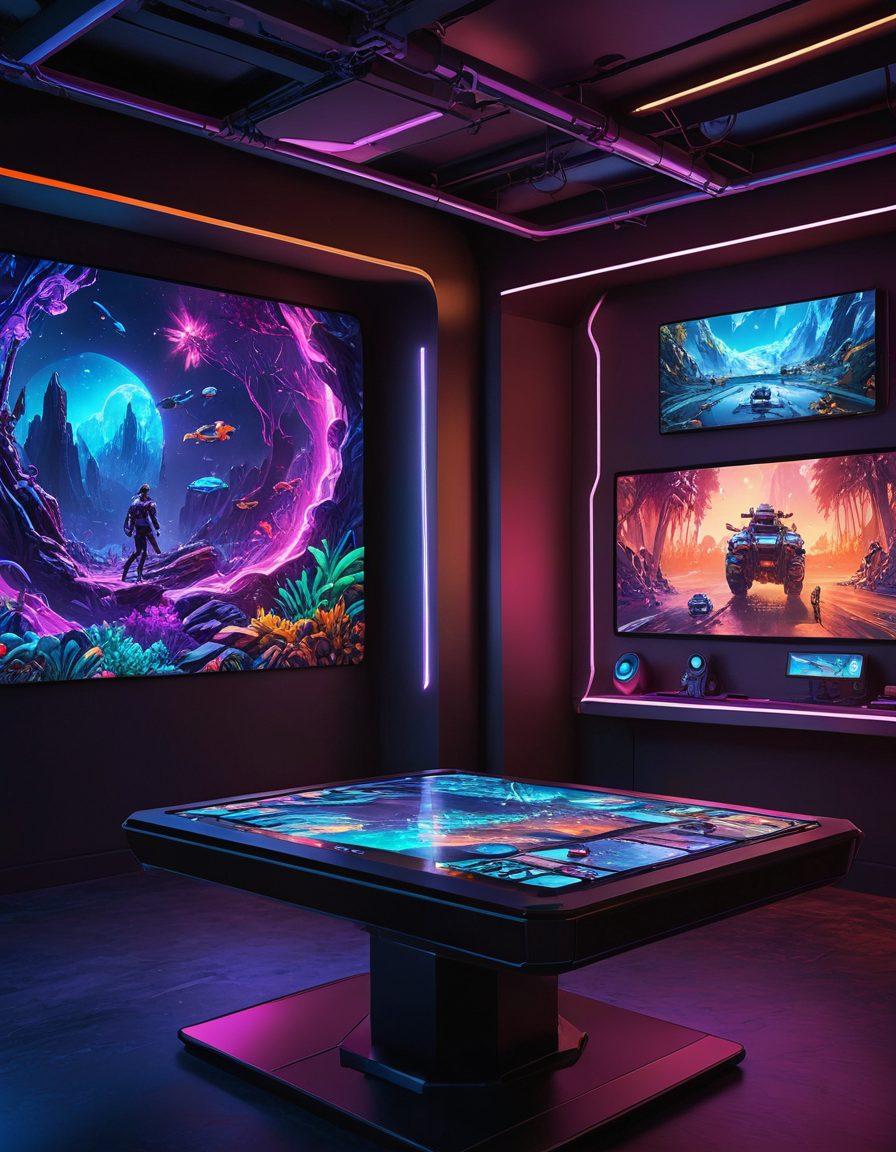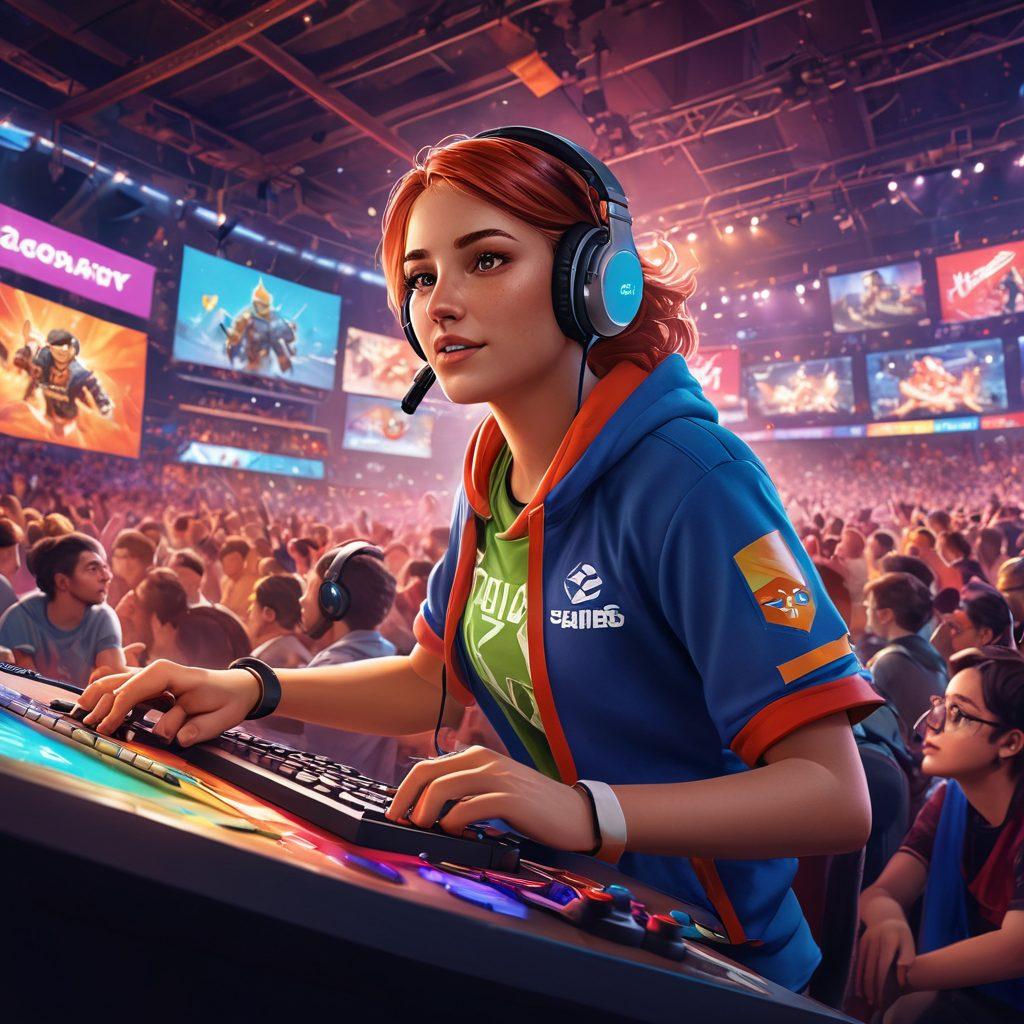Unlocking the Future of Gaming: How Gamification and Game Design are Reshaping the Industry
Gamification has become the buzzword of the decade, particularly in the gaming industry. It's not just a trend; it’s a powerful tool that is reshaping how players interact with games and how developers create them. Picture this: a world where every task feels like a thrilling adventure, where rewards are just a challenge away. How did we get here? The answer lies in understanding game mechanics and the principles of game design that engage players at every level. Let's dive into how gamification is set to transform game development and player engagement.
At the heart of gamification is a simple yet profound idea: making activities more enjoyable and engaging by incorporating game-like elements. It's like sprinkling fairy dust on everyday tasks! For instance, think about how the designs of gaming platforms have evolved to include achievements, point systems, and leaderboards. 'Engagement is not just about fun; it's about immersion,' says renowned game designer Jane McGonigal. She’s right—creating a sense of achievement and competition drives players to invest time and energy into games in ways we never imagined. Could this be why we’ve seen a rise in eSports and mobile gaming?
The impact of gamification doesn’t stop at creating fun experiences; it also leverages the art of game theory and strategy. Take the rise of serious games, for example. These games are designed with educational or health-related purposes, merging fun with enlightenment. As we innovate, we see interactive gaming apply the same principles to training simulations and virtual reality gaming. Have you ever learned more effectively when it felt like you were just playing? This is the core principle of gamification—turning education and skill-building into engaging experiences for players worldwide.
Moreover, the gamer community thrives on collaboration and competition, two elements that gamification magnifies beautifully. By incorporating social features and multiplayer game mechanics, developers can create a sense of belonging among players. As we analyze current game trends, it's clear that engaging with fellow gamers can enhance the playing experience, turning solitary moments into shared adventures. Isn't that what we all crave—to connect with others through gaming?
Finally, the indie games sector is leaping into this world of gamification, crafting unique experiences that highlight the creativity and passion of developers. Indie game programming often emphasizes innovative game design that captivates players while maintaining relatively simple mechanics. These developers are skillfully tapping into the undercurrents of gamification to foster creativity and player engagement. So what’s next for the game industry? Only time will tell, but one thing is certain: gamification is here to stay, and it's reshaping not only how we play but how we learn, engage, and connect as a community.
Innovative Game Design Trends: Shaping the Future of Interactive Gaming
The world of gaming is rapidly evolving, and with it, the innovative game design trends that are transforming how we experience interactive gaming. As technology expands, so too do the possibilities for immersive gameplay, captivating narratives, and engaging mechanics. Have you ever pondered how game design influences your online gaming experience? What if the future of gaming revolves around the very strategies that keep players coming back for more? The essence of modern game design is not just about creating fun; it’s about crafting experiences that resonate deeply within the gamer community.
Let’s dive into some thought-provoking trends reshaping the game industry. One prominent shift is the rise of gamification. This entails applying game mechanics to non-game contexts, like education and marketing, effectively revolutionizing how we engage with content. Imagine learning a language through a mobile gaming app where every new word learned earns you points or rewards! Such game applications not only enhance user experience but can also improve retention rates and motivation. Are we witnessing a paradigm shift where gamification defines how we interact with various aspects of our lives?
Another exciting trend is the surge of eSports, with competitive gaming transforming into a global phenomenon. It’s not just about playing games anymore; it’s about becoming part of a burgeoning culture. Gamers now have the chance to showcase their skills on gaming platforms that attract millions of viewers. Major tournaments fill stadiums and fuel passionate fandoms reminiscent of traditional sports. How many of you have tuned in to watch your favorite indie games or mobile gaming competitions? These platforms are bridging gaps between casual gamers and serious players, evolving the entire perspective of game strategy!
Virtual reality gaming is yet another frontier pushing the boundaries of traditional game design. The immersive experience of VR allows players to explore fantastical worlds in a way that feels more tangible than ever before. Game developers are capitalizing on this technology to create breathtaking environments and intense thrilling adventures. What’s more exciting than feeling like you’re really there, sword in hand, battling dragons or exploring lush jungles? As this technology improves, the definition of interactive gaming as we know it will expand beyond our wildest dreams.
Finally, we can’t overlook the significance of indie games in the landscape of game development. Independent creators are contributing unique narratives and experimenting with unusual game mechanics that may not be welcomed by larger studios. These serious games challenge traditional norms and bring fresh perspectives to the gaming community. Have you discovered an indie game that left you mesmerized recently? These experiences reveal how diverse and rich the tapestry of gaming can be, setting the stage for future trends that prioritize creativity and authenticity over profit.
In conclusion, the innovative game design trends shaping the future of interactive gaming are a thrilling blend of technology, creativity, and strategy. As gamification finds its way into various sectors and eSports captivates audiences, the industry continues to evolve and inspire. With advancements such as virtual reality and the unique contributions of indie developers, the possibilities are endless. It’s an exciting time to be a part of the gamer community, as we unlock the potential of gaming and watch it become a celebrated form of artistry and expression. What do you believe the next big trend in game design will be?
From Indie Games to eSports: How Game Mechanics are Revolutionizing the Gamer Community
In recent years, the world of gaming has transcended from mere entertainment to a behemoth of innovation and community engagement. It's remarkable how gamification and game design have crafted not only a platform for play but an entire cultural movement that spans across demographics, interests, and skill levels. But what does this transformation look like? How do game mechanics play a role in revolutionizing the gamer community, from indie games to the exhilarating realm of eSports? Let’s embark on this journey to explore the vibrant landscape of gaming today.
Imagine sitting in your living room, fully immersed in a virtual reality gaming environment where the line between the digital and physical worlds blurs. Your pulse races as you strategize your next move, fully engaged in a game that has etched itself into your daily routine. This is not a far-off vision of the future; it’s the reality of the modern gaming landscape fueled by innovative game design. By harnessing game mechanics that evoke competition, collaboration, and creativity, developers create a sense of belonging for players within the expansive gaming platforms. But how do these elements contribute to the growth of the gamer community?
Online gaming has exploded, thanks to an exponential rise in the popularity of multiplayer experiences powered by game mechanics rooted in interaction and socialization. With the emergence of eSports, the competitive edge has drastically modified what it means to be a gamer. This trend draws attention to the captivating narratives woven through serious games—those that extend beyond entertainment to educate and engage players. Think about the social issues addressed in some indie games; how they foster an understanding of complex problems while also presenting a fun and interactive escape. Is this the future of game development?
As we dive deeper into the evolution of gaming, we can’t overlook the significant impact of mobile gaming. The rise of smartphones has democratized access to gaming, allowing individuals from all walks of life to engage with varied genres and styles. Game applications now offer tailored experiences that resonate with players worldwide, thanks to mindful game design and mechanics. The challenge rests on developers to maintain balance; how do you keep players engaged without overwhelming them? This common dilemma fuels ongoing discussions in game theory and strategy within the industry.
In conclusion, the synergy between gamification, game design, and the overall growth of the gaming community is undeniable. It is a testament to human creativity where the incorporation of innovative game mechanics leads to trends that not only enhance gameplay but strengthen community bonds. Whether indulging in indie games, navigating serious games, or competing in eSports, each player contributes to a larger narrative. The question remains: how will you leverage these game trends in your journey through the gamer community? Embrace the adventure and join the revolution, because the future of gaming is here.


